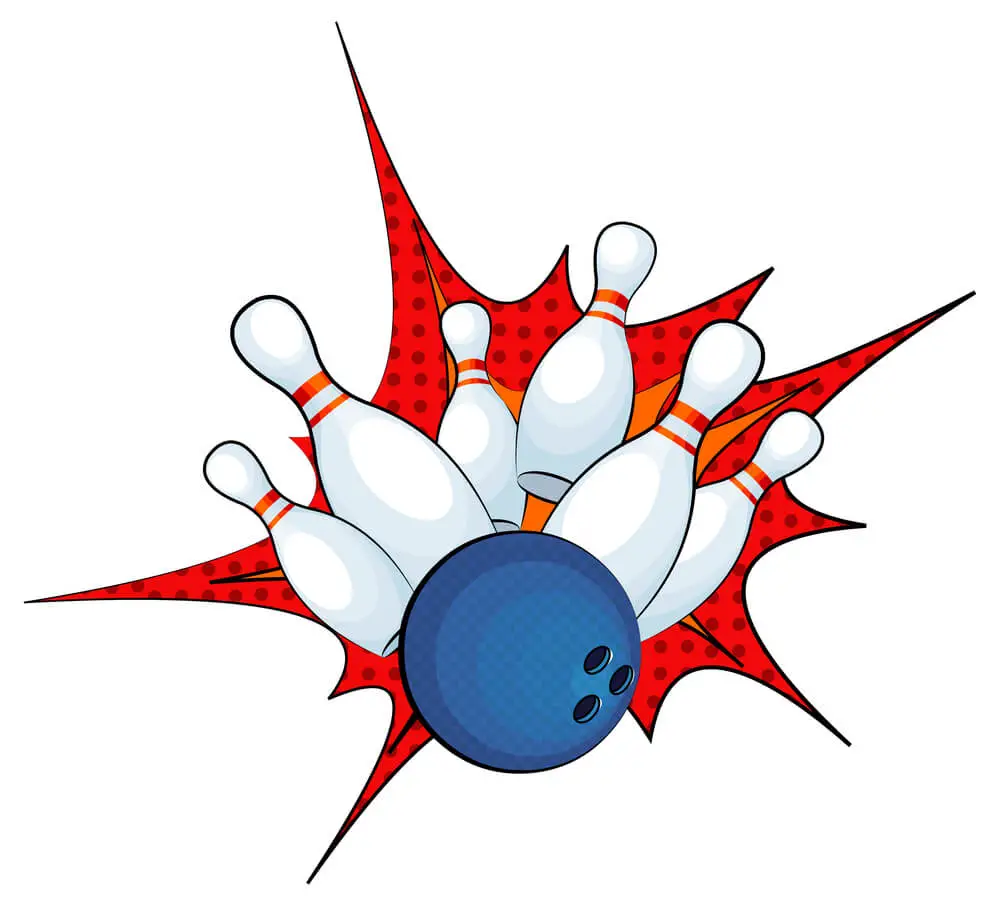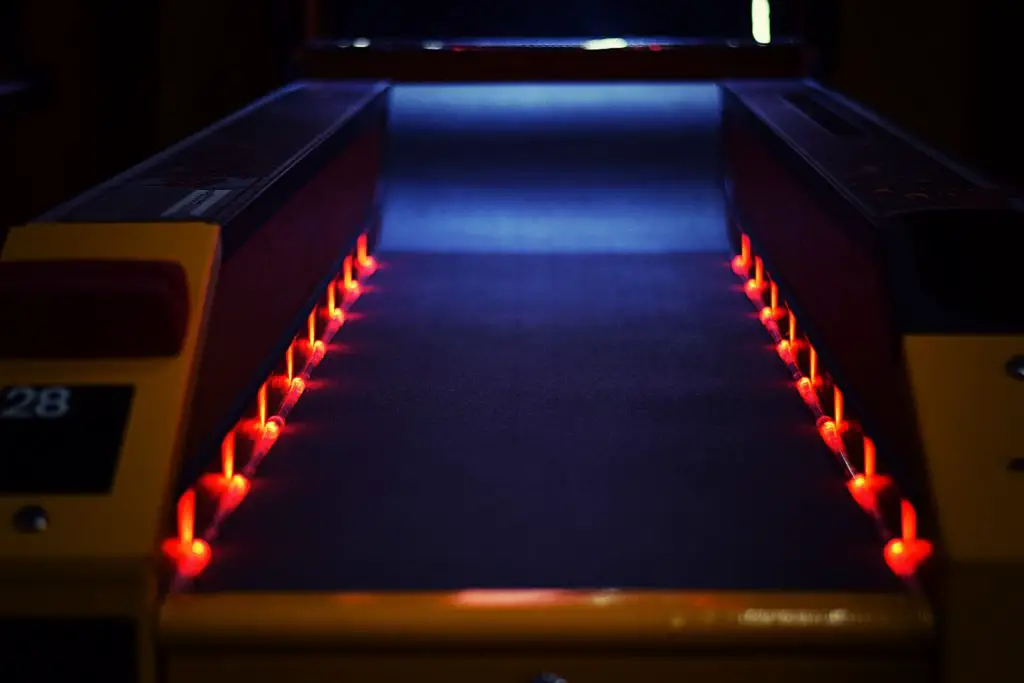Bowling balls are heavy, solid spheres that can be used to knock over bowling pins. When one breaks—or even cracks—the question of what to do about it comes up. If the ball has cracked but not shattered, you may still be able to use it for bowling.
However, there is only one type of break that will allow you to continue using the ball after it shatters: a medium-sized crack at or near the center point of the ball (where weight holes are located) known as a “weight crack” or “pinpoint” crack. Smaller cracks at other locations can shorten your game; therefore, their repair would not be recommended. However, larger cracks and those that occur closer to any other part of the ball will not be as straightforward to repair. Unfortunately, those types of cracks can make your ball ineligible for use in any league or tournament play.
Bowling balls are typically made from a special blend of plastic that has been heated and molded into the desired shape. This process makes them hard and less prone to breaking than other household items such as dishes, glassware, and ceramics. However, it’s important to note that all bowling balls—including those made from polyester resin —can still break under the right circumstances.
When a bowling ball breaks during normal use, it does so because either 1) one or both parts of it have reached their maximum load limit or 2) they were hit by another object with great force which exceeded the ball’s load limit. As a result, the ball has to either bend or shatter.
Some common scenarios in which this might happen include:
•A player throwing the ball too hard, causing it to hit the pins with more force than normal
•The ball being accidentally dropped on the floor or ground too hard
•Another object falling onto the ball while it was sitting on the ground or in an overhead rack
When these things happen, you should inspect your broken bowling ball for damage. If there are no visible cracks or if it can still be used for practice but not league play, you may be able to use it until it breaks again. However, if both parts of your ball are cracked (with one small crack between them), there may be additional damage that you can’t see.
Check with your ball manufacturer, pro shop or other certified professional for more information on how to best assess the broken ball’s condition. If it does break into two pieces but there are no cracks, or if all of the cracks are both small and located at the weight holes, then your ball still qualifies for continued use in league play. If this is not one of these situations (meaning either there are cracks elsewhere besides the weight holes or multiple areas around it have cracked), be sure to familiarize yourself with local bowling center policies regarding damaged equipment before you throw your next shot.
Once you’ve determined whether or not you’re able to continue using a broken ball, take some time to inspect it regularly. Larger cracks or those that appear near the top of the ball (the side away from the weight holes) may form later and you’ll want to catch them before they cause more damage to your ball’s structure.
As a side note, it’s important to remember that even in cases where a crack does not break the entire ball, there is still potential for pieces of plastic to separate and be launched off in any direction. Due care should always be taken when bowling with any type of broken equipment—especially if your hand(s) are occupied with holding another object such as a bowling bag or clothing items like jackets or sweaters. Even when carrying nothing but the loose parts of a broken ball, protective wraps such as knee-high socks or bracelets made with soft cloth are smart precautions.
Is it normal for a bowling ball to crack?
Bowling balls are often designed with a special material that is very resistant to cracking or breaking. However, it’s important to note that all bowling balls—including those made from polyester resin —can still break under the right circumstances.
When a bowling ball breaks during normal use, it does so because either 1) one or both parts of it have reached their maximum load limit or 2) they were hit by another object with great force which exceeded the ball’s load limit. As a result, the ball has to either bend or shatter.
Can bowling balls explode?
The manufacturers of bowling balls do their best to create equipment that will neither break nor explode. This is because such extreme damage could easily injure a player or others nearby during operation. Explosive ruptures are generally caused by exposing the ball to conditions conducive to chemical explosions while it is still in liquid form.
“If you take a liquid and put it in an area where the liquid cannot expand,” explains Bill Vint, sales and marketing manager for Brunswick Bowling Products, “then when you add pressure it’ll build up until something gives.”
This can occur if the liquid has been heated enough to turn into steam but does not have adequate room in which to expand—or vice versa: There’s too much liquid too little space inside the ball mold.
“You’ve got to have the right proportion of resin and hardener,” says Vint. “It’s a very specific recipe.”
He also adds that during the bowling ball manufacturing process, where liquids are involved, safety is crucial. All personnel working with these materials are thoroughly trained in their use as well as potential risks associated with exposure to them. Most importantly, every single person who works on this equipment must wear protective eyewear at all times whenever they are on the shop floor—even if it seems unnecessary for what they’re doing.
This isn’t just about being safe either—it’s being smart too. Every employee involved with the creation of bowling balls knows how much can potentially go wrong if certain guidelines aren’t followed carefully. It’s not enough to simply avoid breaking the balls themselves—the entire production system has to be free of error in order to prevent any sort of complication.
“You can’t have a little bit of resin or hardener,” cautions Vint, “or you’ll wind up with an explosive situation.”
When it comes to the potential for explosions, solid bowling balls are the safer option because they do not contain liquids that could overheat inside them during manufacturing. The most likely source of spontaneous explosion within a bowling ball would come from built-up gases created when the ball is subjected to high temperatures. As is true with all materials, this gas will expand when heated.





